Prefab Tectonics
-
Strategy
Fabrication
-
Design
Gradient Density
-
Client
Internal R+D
The Living Envelope: Bio-Integrated Prefab Skins
In an age of escalating climate volatility, resource scarcity, and overengineered systems, architecture is being called to respond not only with form but with intelligence. From passive divider to performative interface, the envelope now operates as a climatic instrument breathing, filtering, and recalibrating with each shift in condition.
This is not simply a matter of insulation or surface treatment, but of reconceiving the skin of buildings as living, dynamic interfaces capable of modulating their response to climate shifts, internal demands, and ecological feedback.
Prefabrication and bio-integration now offer a hybrid future: one where material logic meets biological intelligence, and where construction becomes an ecology in itself. In this context, the building envelope is recalibrated as an adaptive organism.
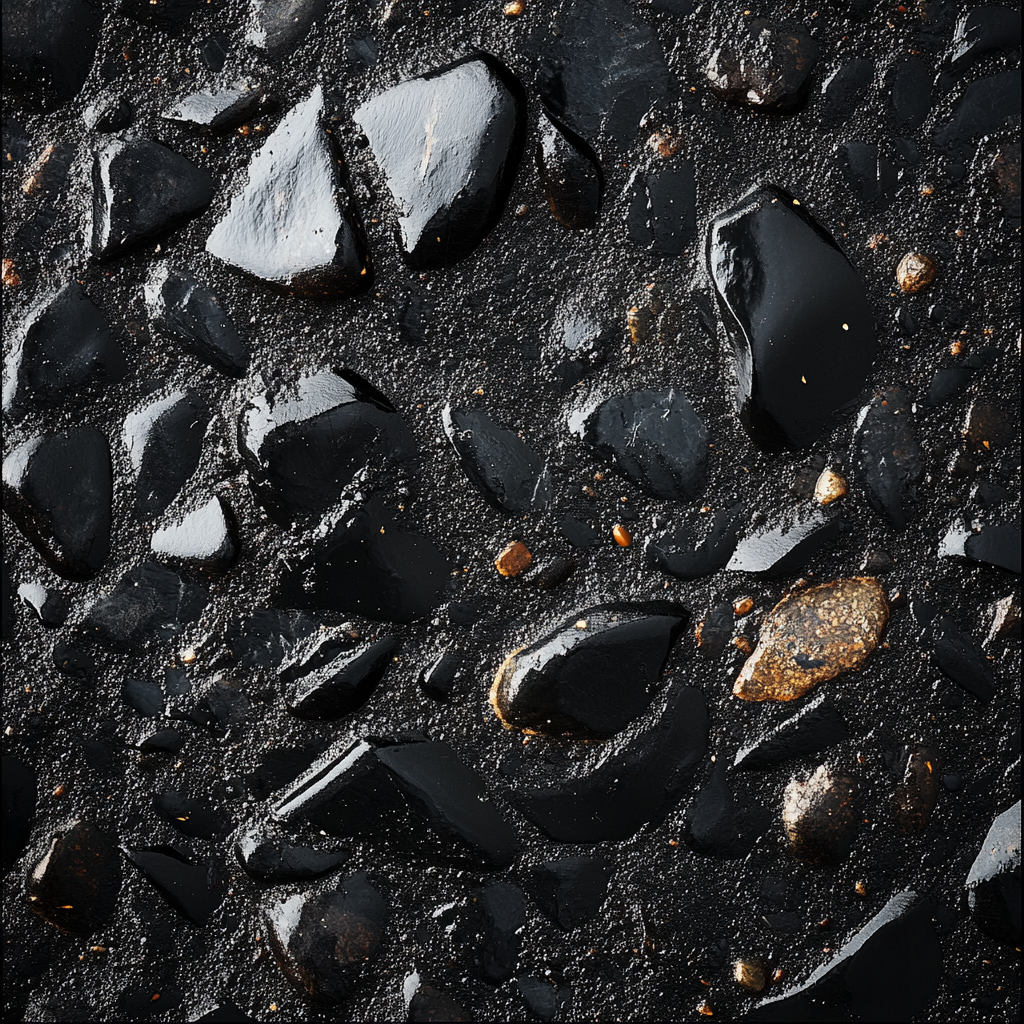
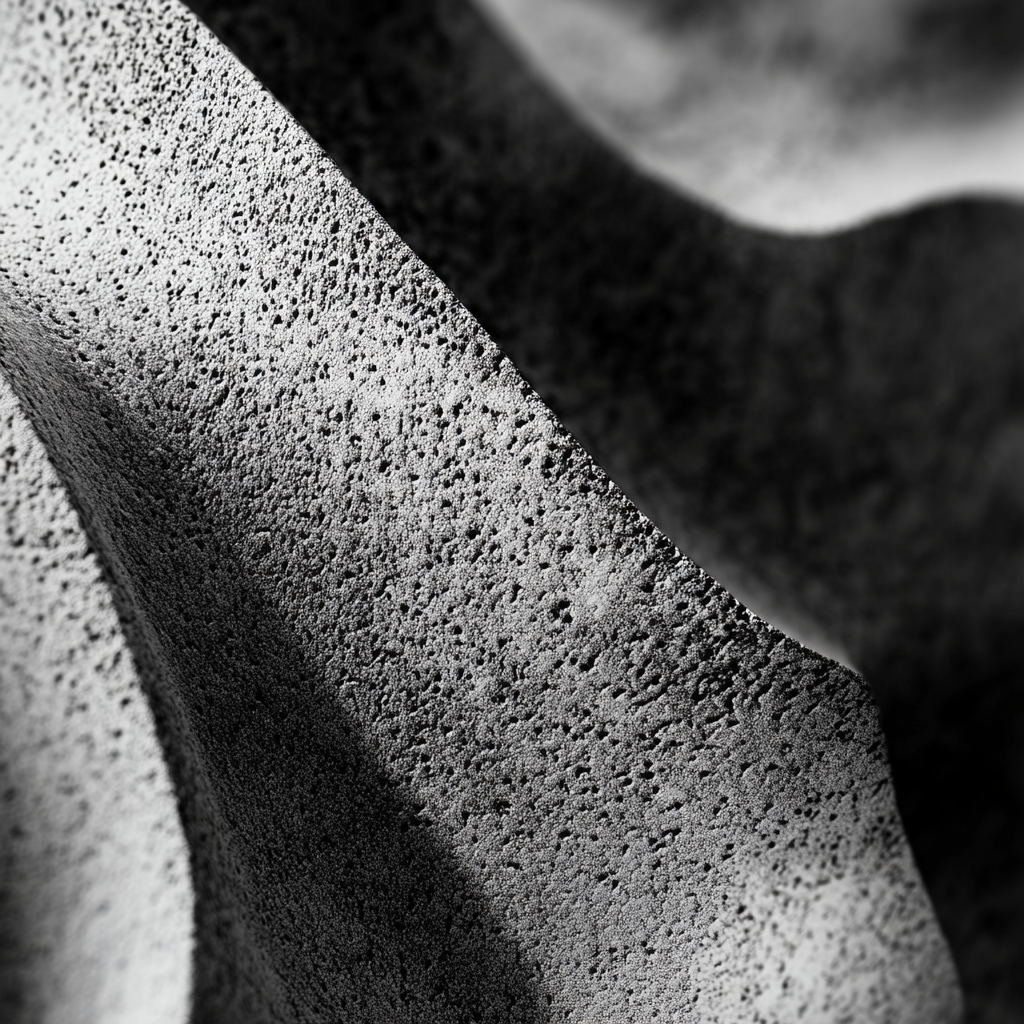
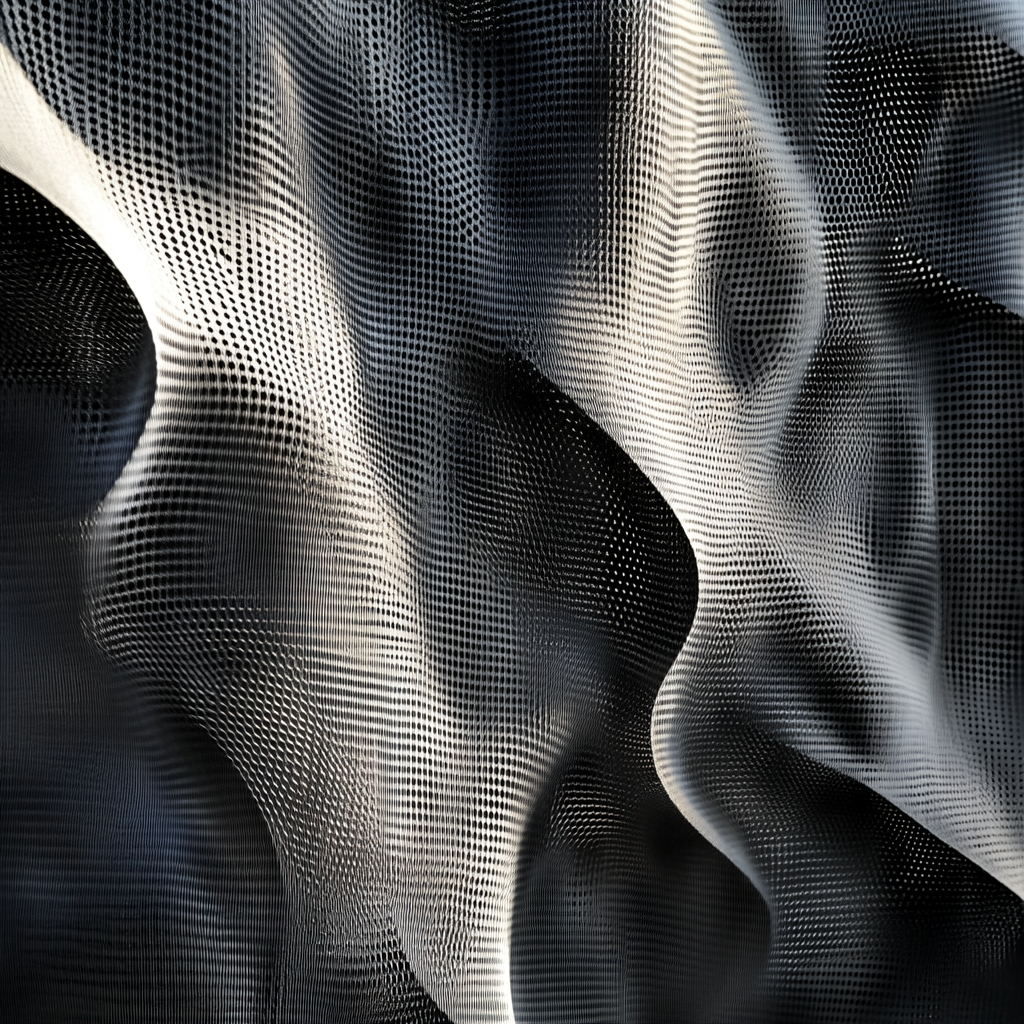

Envelope Ecologies: Prefabrication Meets Bio-Integration
The panels of the future do not hide the weather they perform it. They are not surfaces, but skins. They blur the line between natural and artificial, between biology and infrastructure. They are not finished; they are in process. Architecture, in this context, becomes less about object-making and more about ecosystem management.
The designer is no longer form-giver but steward, orchestrating living assemblies that breathe, shift, and endure. In doing so, we move from a building culture of extraction to one of exchange from static façade to regenerative interface.
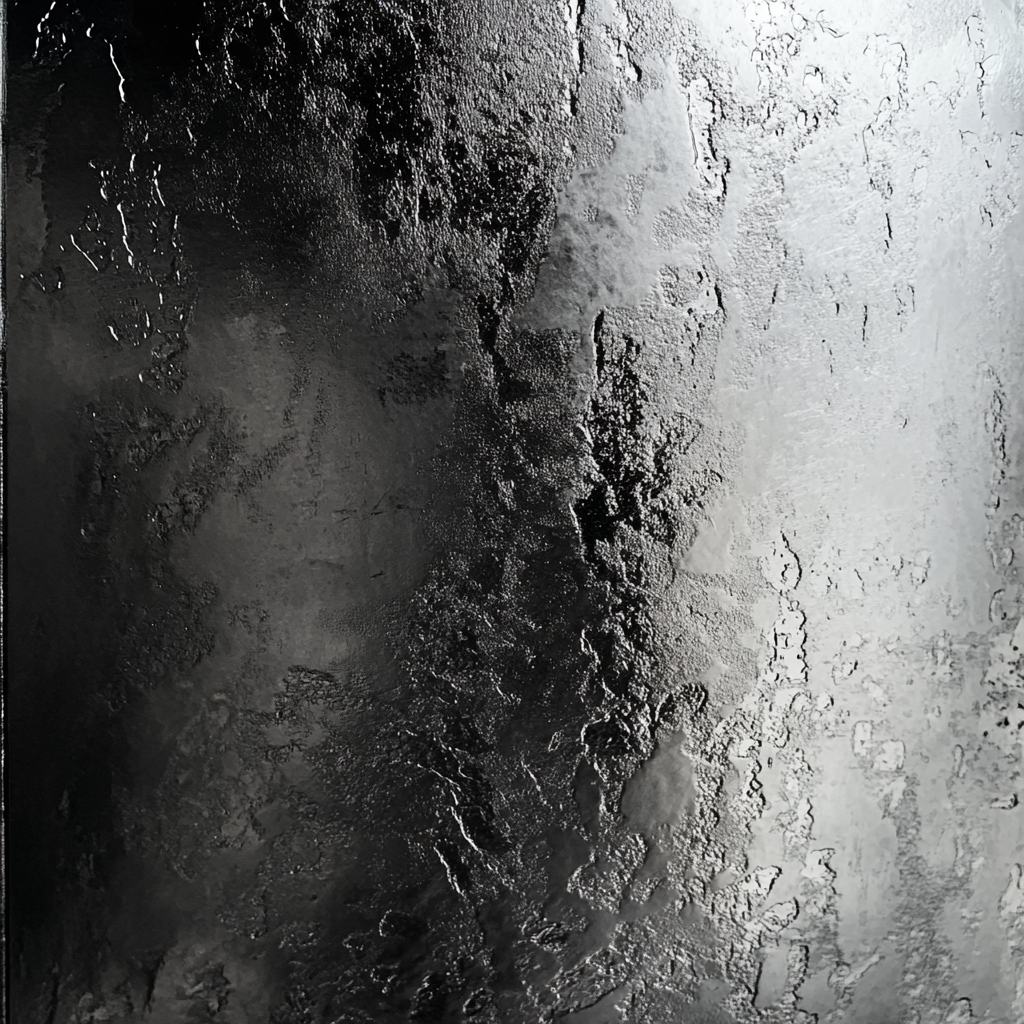
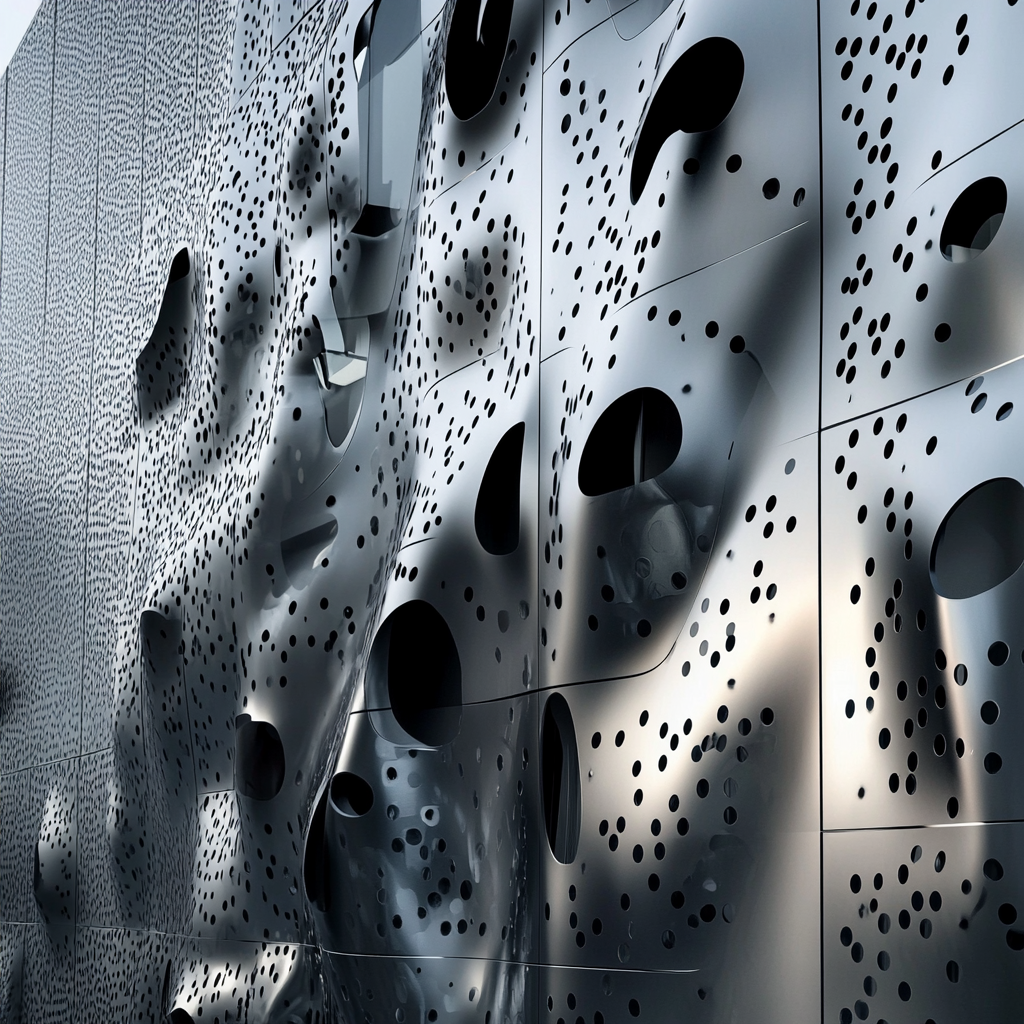
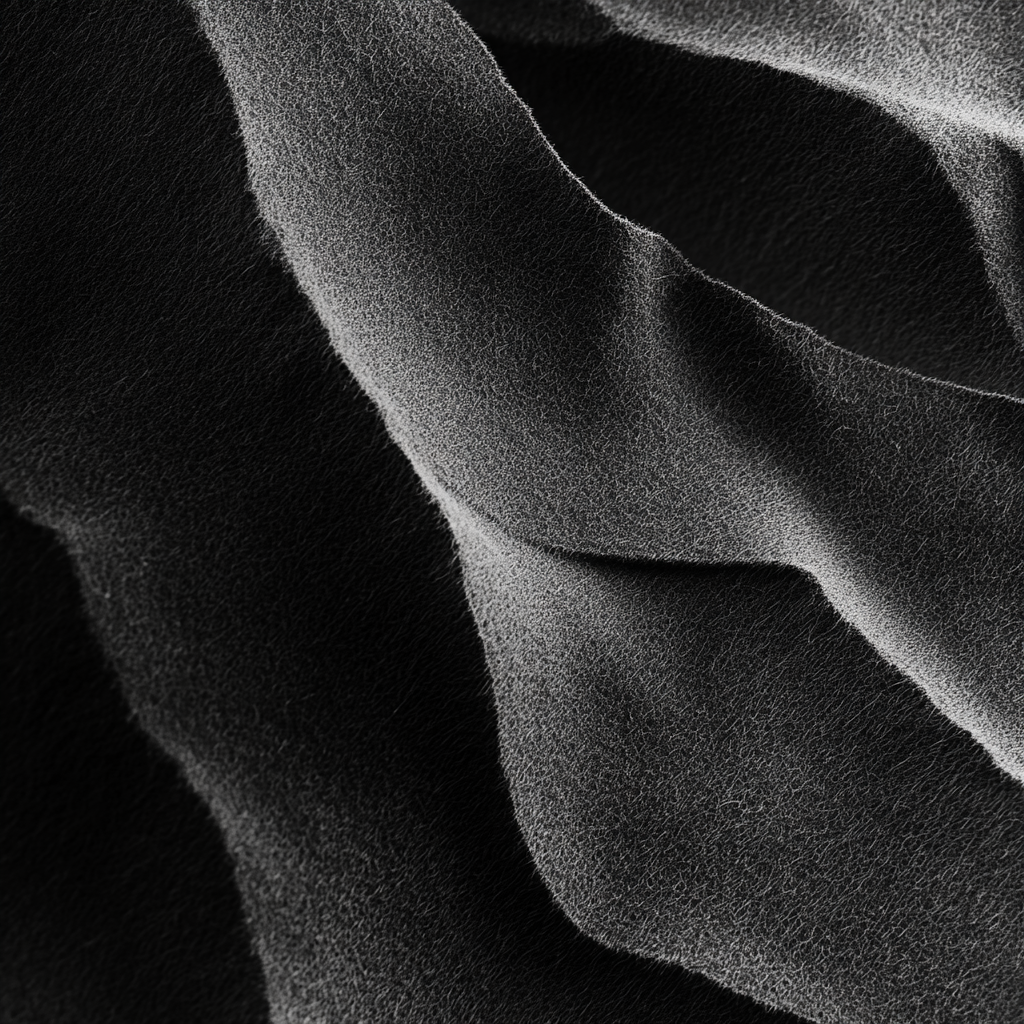
Material Hybridity and Composition
Emerging envelope systems increasingly depend on the composite intelligence of their material assemblies. Bio-based materials such as mycelium-bound straw, alginate gel matrices, and hempcrete infill are advancing the conversation around structure and biodegradability offering performance without permanence.
Chitosan, derived from crustacean shells, operates both as a natural binder and as a breathable, lightweight cladding. Hybrid composites embed fibres like flax and jute within recycled polymers or bio-resins, achieving tensile strength without compromising ecological sensitivity.
These assemblies are not passive surfaces they are calibrated to respond. Porosity shifts to modulate airflow, UV-stable coatings integrate thermochromic agents, and cellulose-reinforced layers attenuate humidity uptake. Material becomes not merely skin, but mediator translating environmental conditions into spatial experience.
The development of these systems follows an iterative, non-linear methodology. Digital simulation, physical prototyping, environmental feedback, and refinement form a closed loop of research and response.
Early parametric models map solar exposure and wind behaviour onto complex surface geometries, informing porosity, curvature, and structural flow. Prototypes are CNC-milled or robotically cast, then subjected to heat, UV, and moisture conditions, tested not to confirm idealisation, but to embrace failure as design intelligence.
These feedback loops anchor form-finding to constraint, ensuring that speculative design is materially accountable. What emerges is not a fixed product, but an adaptive system one in which matter and climate evolve together.
The envelope becomes a site of continuous negotiation: between digital simulation and analogue resistance, between ecological performance and architectural presence.
Material Science and Performance Metrics
Beneath these systems lies a precise understanding of material behaviour where performance is no longer static but temporal, adaptive, and ecologically intelligent. Phase-change materials regulate interior climates by absorbing and releasing latent heat, smoothing thermal fluctuations through embedded energy memory.
Hygroscopic layers, responsive to ambient humidity, inhale and exhale moisture like skin in microclimatic rhythm. At the microscale, bio-mimetic lattices modelled on bone, coral, and leaf venation amplify strength-to-weight ratios while directing airflow with structural efficiency.
Materials are no longer inert surfaces but active agents. Performance is recalibrated measured not only in R-values or compressive strength, but in duration: how a material behaves over time, how it heals, degrades, adapts. Tools such as non-destructive imaging, microstructural deformation analysis, and climate chamber testing lend scientific fidelity to architectural ambition, enabling a more precise dialogue between matter and environment.
At the speculative threshold, the integration of synthetic biology proposes a radical shift: façades that grow, think, and self-regulate. Algae-infused panels sequester carbon and dynamically alter opacity in response to solar load.
Bacterial coatings change surface texture with humidity, optimising evaporation or reducing aerodynamic drag. Porous ceramics embedded with living biofilms activate light filtration, shading, or acoustic modulation in real time. These are not metaphors for life they are systems embedded with biological logic.
Yet their deployment invites critical inquiry. Questions of lifecycle control, material containment, and ecological stability remain open. As living architecture edges from speculation toward application, it must negotiate the thresholds of design, ethics, and biology. Still, the potential remains transformative: a building not only capable of breathing, but of sensing, adapting and in time, thinking.
Cultural and Ecological Dimensions
Bio-integrated panels speak to the continuity of life cycles, to the temporal nature of repair, to the embeddedness of architecture within ecology. They enable cultural narratives: brick patterns derived from local textile weaves; porous screens recalling desert latticework; coatings mixed with volcanic ash or river sediment.
These moves ground innovation in place, turning the high-tech into the deeply human. They also foster ecological repair by reducing embodied energy, by restoring regional craft, by creating envelopes that host moss, insects, light.
Beyond performance lies the question of delivery: how to fabricate and deploy such complex systems. Modular logic enables dry-joint assemblies, allowing panels to be swapped or upgraded without demolition. Robotic prefabrication ensures precision; yet components are designed for manual handling, maintaining community-based constructibility. Localization becomes critical.
Materials are sourced within bioregions: bamboo resin in Southeast Asia; rammed earth binders in the Middle East; mycelium in temperate forests. Panels adapt to cultural techniques woven screens, stacked stone, carved earth resonating with vernacular wisdom while introducing future-facing performance.
Computation is not merely a tool for generating form but for encoding logic: growth, decay, resilience. Generative algorithms respond to site inputs solar vector, prevailing wind, moisture plume yielding forms that are climatologically tuned. Digital twins simulate real-time performance data over seasonal cycles.
Feedback loops between virtual model and physical prototype allow for continuous evolution. Rule-based systems mimic the behaviors of biological ecologies: thickening in high-stress zones, porosity in cooling zones, branching in load distribution. In this paradigm, architecture becomes algorithmic ecology.